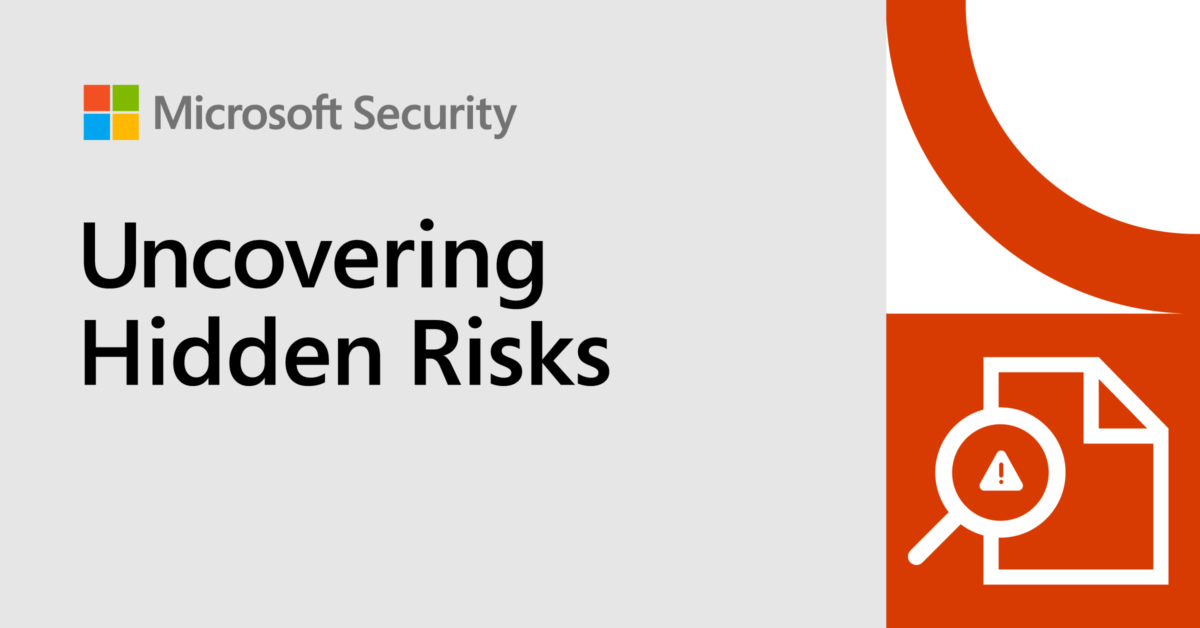Welcome to the Great Women in Compliance Podcast, hosted by Mary Shirley and Lisa Fine.
As part of the countdown to 200, Lisa and Mary have their last two episodes before the GWICies and the summer hiatus before GWIC 2.0. Today, we get to announce our new co-host, Lloydette Bai-Marrow, who was featured in Episode 110. She is the founding partner of Parametric Global Consulting ,a former prosecutor at the UK’s Serious Fraud Office, is a member of the Board of Spotlight on Corruption, a UK-based anti-corruption charity that tracks how the UK implements its anti-corruption laws and has a commitment to anti-corruption in Africa and particularly Sierra Leone.
She is also committed to sending the elevator back down and our community. In the episode, she discusses how she decided to make time to add co-hosting this podcast to her full plate, and some of her ideas for GWIC 2.0. Lloydette also talks about the impact that Mary has had in the E&C world, and how that inspired her to join Lisa on the journey.
We are very excited about this next phase for all of us, including Mary’s upcoming book and her ongoing column at Corporate Compliance Insights!
You can find the Great Women in Compliance Podcast on the Compliance Podcast Network where you can find several other resources and podcasts to keep you up to date in the Ethics and Compliance world. You can also find the GWIC podcast on Corporate Compliance Insights where you can learn more about the podcast, stream prior episodes and catch up on Mary’s monthly column “Living Your Best Compliance Life.”
Corporate Compliance Insights is a much-appreciated sponsor and supporter of GWIC, including affiliate organization CCI Press publishing the related book; “Sending the Elevator Back Down, What We’ve Learned from Great Women in Compliance” (CCI Press, 2020). If you enjoyed the book, the GWIC team would be very grateful if you would consider rating it on Goodreads and Amazon and leaving a short review. Don’t forget to send the elevator back down by passing on your copy to someone who you think might enjoy reading it when you’re done, or if you can’t bear parting with your copy, consider it as a holiday or appreciation gift for someone in Compliance who deserves a treat.
If you enjoyed the book, the GWIC team would be very grateful if you would consider rating it on Goodreads and Amazon and leaving a short review. Don’t forget to send the elevator back down by passing on your copy to someone who you think might enjoy reading it when you’re done, or if you can’t bear parting with your copy, consider it as a holiday or appreciation gift for someone in Compliance who deserves a treat.
You can subscribe to the Great Women in Compliance podcast on any podcast player by searching for it and we welcome new subscribers to our podcast.
Join the Great Women in Compliance community on LinkedIn here.











